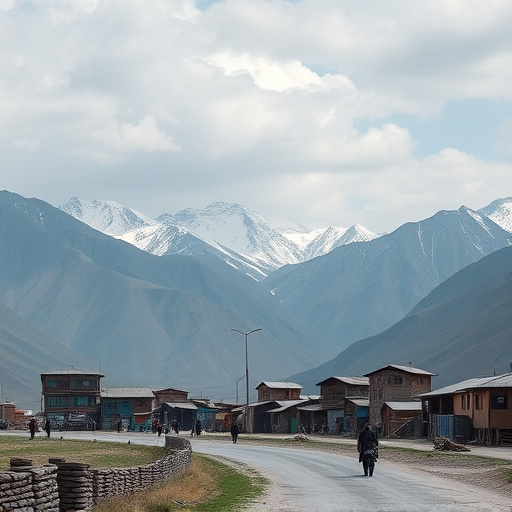Afghanistan's cuisine is a vibrant tapestry blending historical flavors and modern influences. From aromatic spices to hearty stews and breads, traditional Afghan dishes like kebabs, dumplings, and rice recipes are celebrated during festivals. Street food markets in Kabul showcase hospitality while family recipes preserve authentic culinary traditions deeply rooted in history and culture. The diverse regional cuisines reflect the country's geography, from Northern Persian-inspired dishes to Southern Indian-influenced ones. Afghanistan's culinary heritage is being preserved and promoted through modern adaptations, ensuring its legacy remains vibrant for visitors to experience.
Dive into the vibrant and aromatic world of Afghan cuisine, where flavors tell stories of a rich cultural heritage. This article takes you on a culinary journey through Afghanistan, exploring the best sources for authentic recipes that have been passed down through generations. From bustling local marketplaces brimming with exotic ingredients to family-inherited secrets, discover how to preserve and celebrate the diverse tastes of this fascinating country.
- Traditional Afghan Kitchen: A Cultural Journey
- Local Marketplaces: Authentic Ingredients Unveiled
- Family Recipes: Preserving Heritage
- Culinary Legends: Iconic Afghan Chefs
- Regional Variations: North to South
- Modern Adaptations: Keeping Tradition Alive
Traditional Afghan Kitchen: A Cultural Journey
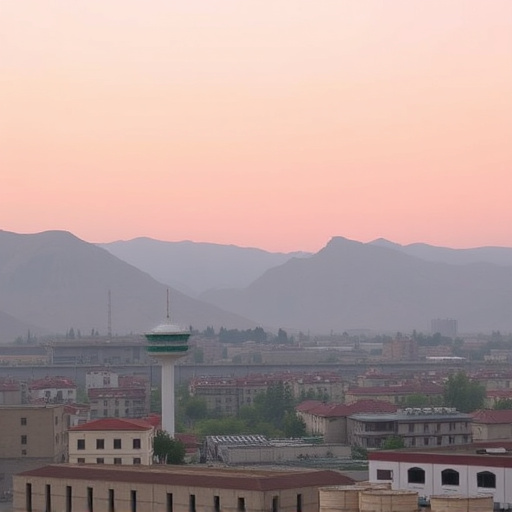
The traditional Afghan kitchen is a cultural journey through history and diverse landscapes, offering a rich tapestry of flavors that reflect the country’s complex past and vibrant present. Afghan cuisine is renowned for its aromatic spices, hearty stews (qabuli palaw), and mouthwatering bread (nan). The role of international community in Afghanistan economy has significantly impacted food accessibility and cultural exchange, making it easier to find authentic dishes in cities across Afghanistan.
The best time to visit Afghanistan, when the weather is mild, also coincides with festivals and celebrations that highlight local culinary traditions. Street food markets in Kabul are a must-visit for adventurous eaters, offering everything from kebabs grilled over hot coals to homemade dumplings (mantoo) and fragrant rice dishes (polow). These vibrant gatherings not only showcase the best of Afghan cuisine but also provide an insight into the warm hospitality of the Afghan people. Whether you’re exploring bustling markets or dining in traditional homes, a culinary tour of Afghanistan promises a sensory experience that will leave lasting memories.
Local Marketplaces: Authentic Ingredients Unveiled
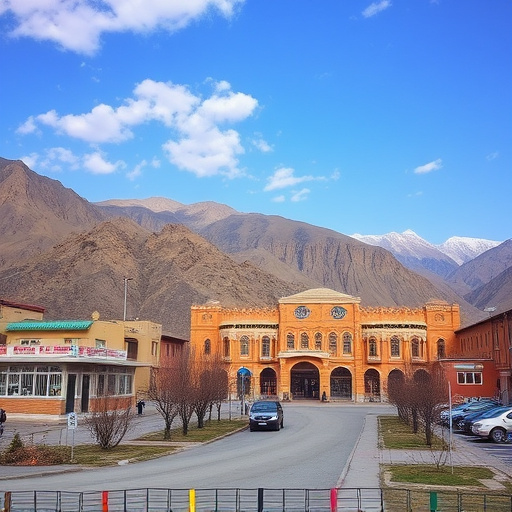
Family Recipes: Preserving Heritage
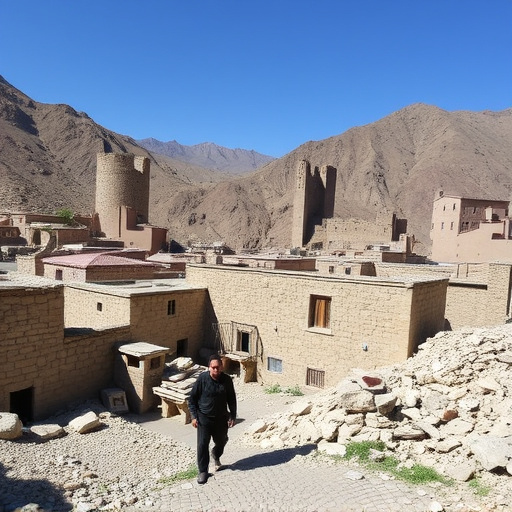
In Afghanistan, the culinary tradition is deeply rooted in its rich history and diverse cultural heritage. One of the most reliable sources for authentic Afghan recipes lies within the family. For generations, Afghan families have passed down their culinary secrets, preserving not just dishes but an integral part of their identity. These family recipes, often handed down orally or through written notes tucked away in old books, offer a glimpse into the country’s past and present. Each recipe carries stories of festivals celebrated, daily life routines, and cultural exchanges with neighboring countries.
Preserving these traditional methods of cooking is essential for maintaining Afghanistan’s unique culinary identity, especially as the country continues to evolve. Just as safety tips for tourists in Afghanistan or key historical sites in Afghanistan draw visitors from around the globe, exploring Afghan cuisine through family recipes can offer a taste of the nation’s warm hospitality and rich history. The tourism industry growth in Afghanistan also includes education initiatives that highlight these cultural practices, ensuring they remain vibrant components of the country’s vibrant tapestry.
Culinary Legends: Iconic Afghan Chefs
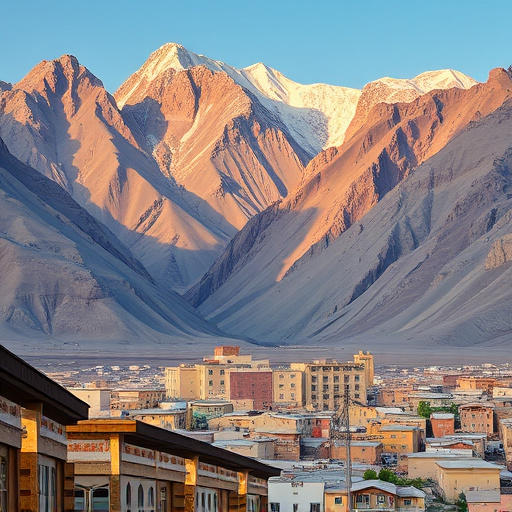
Afghanistan’s culinary landscape is enriched by its diverse ethnic groups and the country’s unique historical journey, resulting in a treasure trove of delicious and authentic recipes. Iconic Afghan chefs have played a pivotal role in preserving and promoting traditional cuisine, making them culinary legends in their own right. These master chefs have not only perfected the art of cooking but also passed down ancient recipes through generations, ensuring that the flavors and techniques remain pure and intact.
Many renowned chefs hail from Afghanistan’s vibrant cities, like Kabul and Mazar-i-Sharif, where diverse cultures blend together. The impact of history on modern Afghanistan geography is evident in the cuisine as well, with influences from neighboring countries such as Iran, Pakistan, and India, adding a unique twist to traditional Afghan dishes. Access to education for girls has also contributed to this culinary evolution, as young chefs are now emerging and introducing innovative twists while staying true to the authentic roots of Afghan cooking. Safety tips for tourists in Afghanistan history anytime encourage visitors to explore these culinary legends and discover the vibrant food culture that has stood the test of time across the rugged mountain ranges in Afghanistan.
Regional Variations: North to South
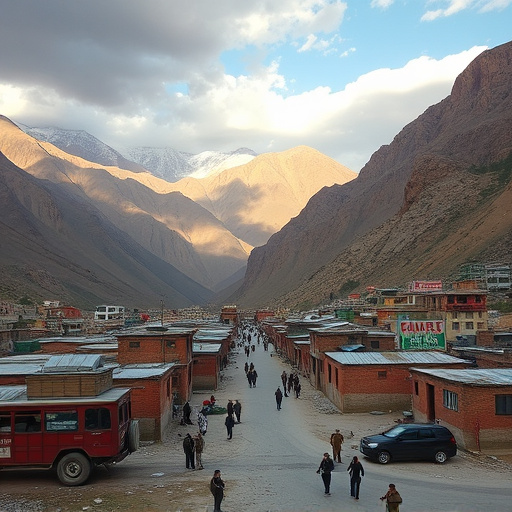
Afghanistan’s diverse geography, from majestic mountains to fertile valleys, has shaped its rich culinary traditions with regional variations evident from north to south. The impact of history on modern Afghanistan is reflected in its cuisine; influences from neighboring countries and ancient trade routes have contributed to a unique blend of flavors. In the northern regions, influenced by Persian and Central Asian cultures, dishes often feature nuts, dried fruits, and spices like cardamom and saffron. Dishes like qabuli palaw (a fragrant rice pilaf with raisins and carrots) and manteqa-e-khabooz (spiced meat and vegetable stew) are signature favorites.
Moving south, the cuisine evolves to incorporate ingredients and cooking styles from India and Pakistan. Spices like chili powder and cumin are more prevalent, and dishes like manti (meat dumplings in a savory sauce) and pelau (rice cooked with meat and vegetables) are popular. The southern regions’ access to coastal areas also brings seafood into local recipes. Interestingly, even within these distinct regional categories, variations exist due to local preferences and availability of ingredients, making the exploration of Afghan cuisine an exciting journey through time and geography, with employment opportunities in Afghanistan’s food industry growing, and medical facilities across the country offering a taste of these authentic flavors to visitors who follow safety tips for tourists.
Modern Adaptations: Keeping Tradition Alive
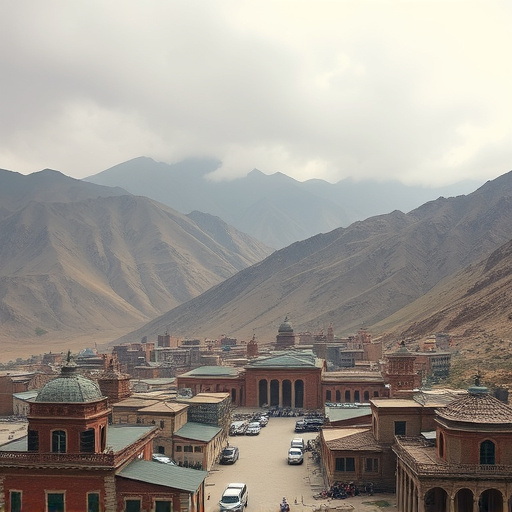
In modern times, as Afghanistan navigates its latest political developments and experiences a renaissance in the tourism industry growth, there’s a growing emphasis on preserving its culinary heritage. The country’s rich cultural tapestry is reflected in its diverse cuisine, which has evolved over centuries of trade routes and invasions. While many Afghan recipes have been passed down through generations, modern adaptations are keeping these traditional dishes alive and relevant.
Chefs and home cooks alike are blending authentic flavors with contemporary presentation, ensuring the preservation of key historical sites in Afghanistan’s gastronomic landscape. This blend respects the past while offering innovative twists that cater to modern palates. The result is a vibrant collection of Afghan recipes that not only celebrate the country’s history but also adapt to changing times, making these culinary treasures accessible to a global audience.
The authentic Afghan culinary experience lies in the blend of traditional recipes, local ingredients, and diverse regional flavors. From bustling marketplaces brimming with aromatic spices to family-passed recipes preserving cultural heritage, Afghanistan’s cuisine tells a story of rich history and varied landscapes. By exploring these various facets, from local chefs to regional specialties, we uncover the best sources for authentic Afghan recipes that continue to evolve while staying true to their roots.
